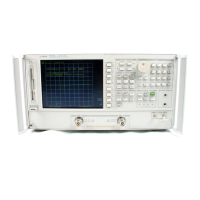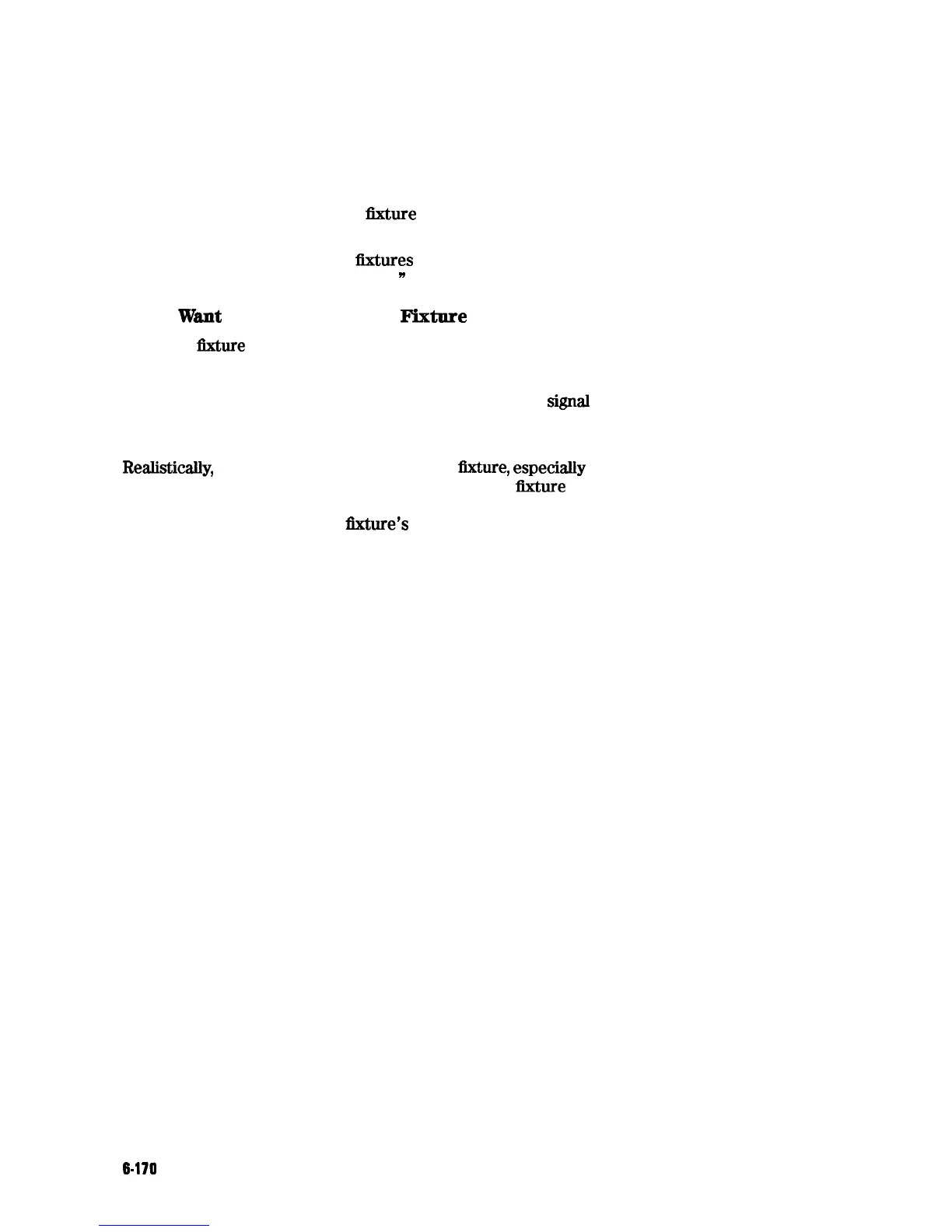Fixtures
Fixtures are needed to interface non-coaxial devices to coaxial test instruments. It may also be
necessary to transform the characteristic impedance from standard 50 ohm instruments to a
non-standard impedance and to apply bias if an active device is being measured.
For accurate measurements, the ilxture must introduce
minimum change to the test signal, not
destroy the test device, and provide a repeatable connection to the device.
Hewlett-Packard offers several
fixtures
for TO cans, stripline, and microstrip devices. Refer to
Chapter 11, “Compatible Peripherals.
n
If You
Want
to Design Your Own
Fixture
Ideally, a
Gxture
should provide a transparent connection between the test instrument and
the test device. This means it should have no loss or electrical length and a flat frequency
response, to prevent distortion of the actual signal. A perfect match to both the instrument
and the test device eliminates reflected test signals. The
signal
should be effectively coupled
into the test device, rather than leaking around the device and resulting in crosstalk from input
to output. Repeatable connections are necessary to ensure consistent data.
RealisticaIly,
it is impossible to build an ideal
fixture,
especially
at high frequencies. However,
it is possible to optimize the performance of the test
llxture
relative to the performance of
the test device. If the fixture’s effects on the test signal are relatively small compared to the
device’s parameters, then the llxture’s effects can be assumed to be negligible.
For example, if the fixture’s loss is much less than the acceptable measurement uncertainty at
the test frequency, then it can be ignored.
6-170
Application and Operation Concepts

